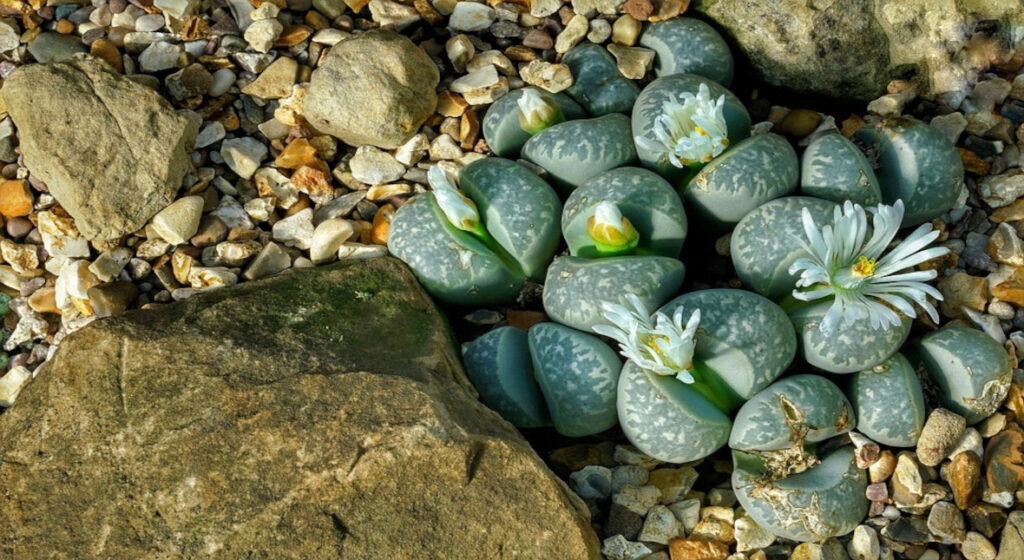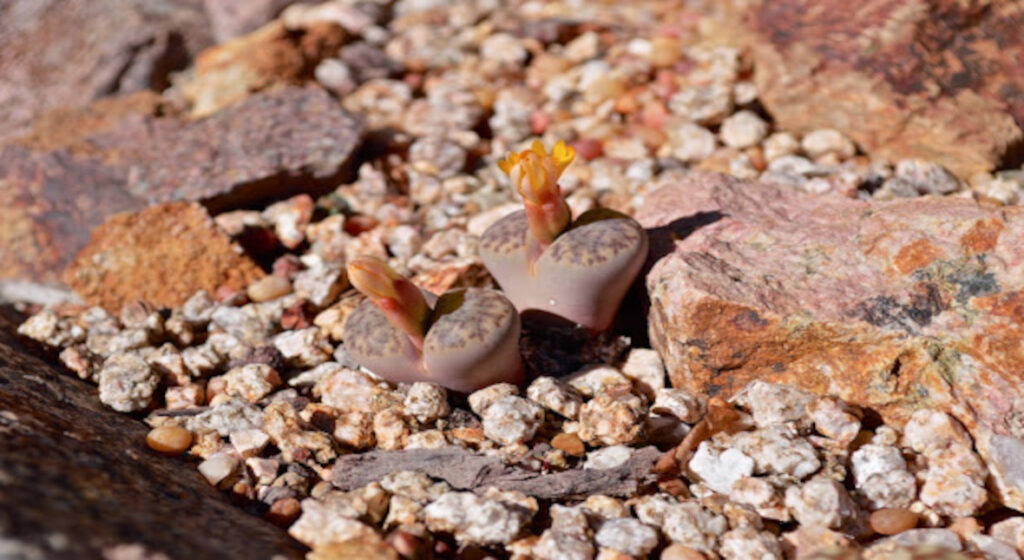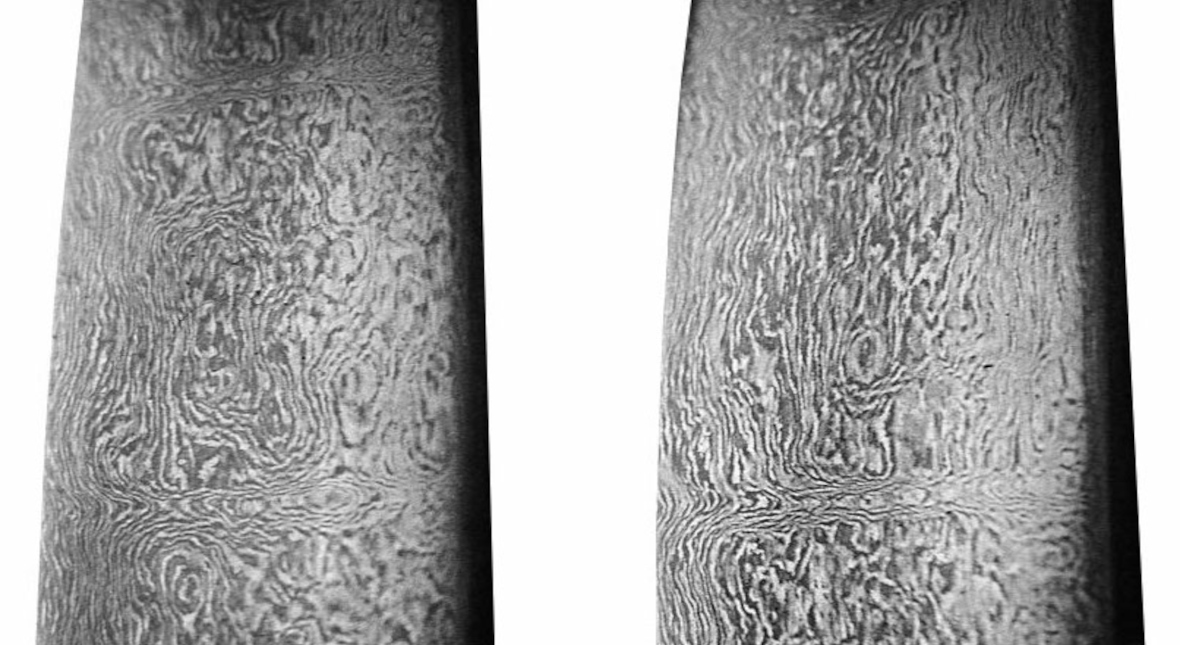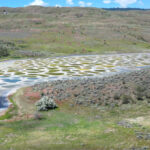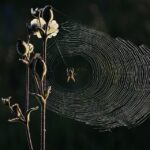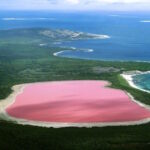Now Reading: Diphylleia grayi: The Skeleton Flower That Turns Transparent
-
01
Diphylleia grayi: The Skeleton Flower That Turns Transparent
Diphylleia grayi: The Skeleton Flower That Turns Transparent
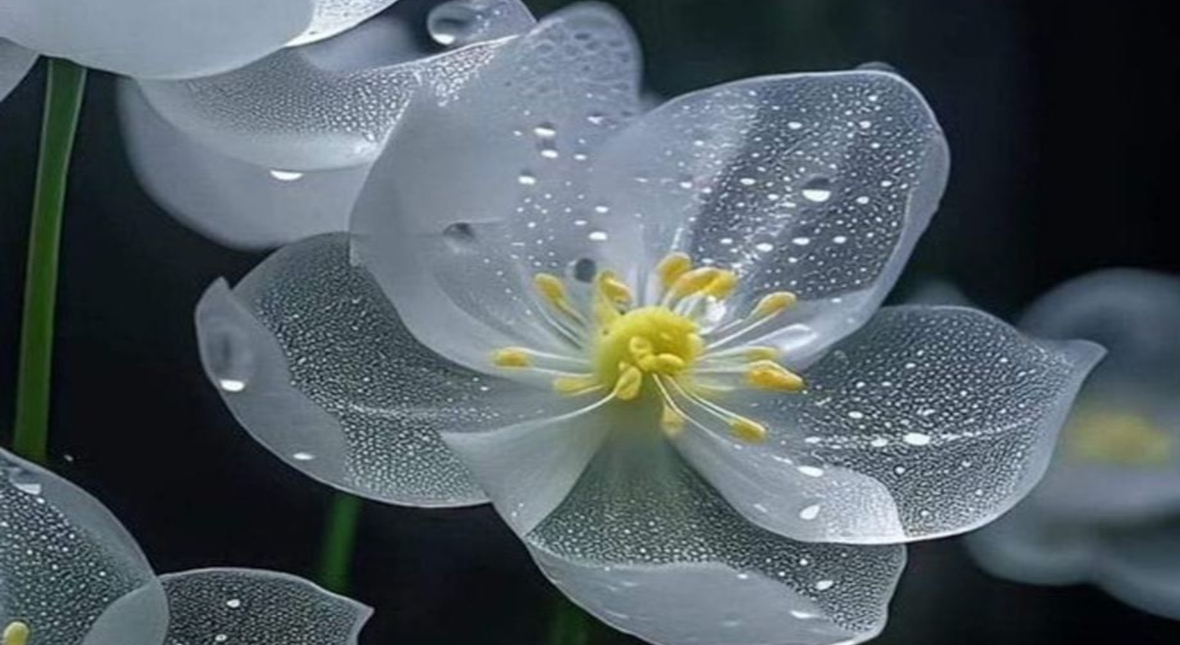
At first glance, Diphylleia grayi appears to be a charming, if modest, white woodland flower. But when rain or moisture touches its delicate petals, it undergoes a seemingly magical transformation—its solid white petals fade into an eerie transparency, revealing a ghostlike network of veins and cellular structure beneath. This rare phenomenon isn’t just beautiful—it’s a fascinating case study in optical physics, surface structure, and plant tissue composition.
How Light Interacts with the Petals
In its dry state, the petals appear white because of how their surface interacts with visible light. The outer cells of the petals are made up of loosely arranged epidermal cells, filled with tiny air pockets and micro-roughness. These internal air gaps and irregularities cause light scattering—a phenomenon where incoming light is bounced in many directions rather than passing straight through. As a result, the petal reflects light diffusely, giving it an opaque white appearance much like snow or clouds, which also scatter light via internal air spaces.
When the petals become wet, something remarkable happens. Water replaces the air in the cellular gaps and equalizes the refractive index between the water and the cell walls. This means that instead of bouncing around within the petal, light passes more cleanly through, with far less scattering. The petal essentially becomes optically transparent—like clear glass—allowing us to see through the tissue down to its inner vascular structures.
Cell Structure and Water Absorption
Microscopically, the petals of Diphylleia grayi consist of a thin epidermis and parenchyma cells that are less densely packed than in many other flower species. This loose packing, while fragile, allows water to penetrate the tissue more fully and rapidly. The water not only fills gaps but also alters the internal surface geometry, smoothing out irregularities that would otherwise distort light. In a sense, water becomes a natural “optical polish,” enhancing clarity.
Once the flower dries, the air returns to the intercellular spaces, and the original scattering properties are restored. The flower gradually returns to its white coloration. This reversibility is key—unlike flowers that wilt or change pigment permanently, Diphylleia grayi can transition between transparent and opaque states many times without apparent damage.
Comparisons to Other Optical Materials
The Skeleton Flower’s behavior is comparable to certain transparent plastics or coated glass, where refractive index manipulation is used to reduce glare or reflection. In artificial materials, anti-reflective coatings often mimic what this plant does naturally with water: reduce surface irregularities and light diffusion. Nature, in this case, arrived at the same optical principles long before materials scientists ever put equations to the theory.
The Name Behind the Magic
The scientific name Diphylleia grayi comes from Greek—“di” meaning two, and “phyllon” meaning leaves—referring to the plant’s characteristic twin leaves. The species was named after Asa Gray, a prominent 19th-century American botanist. Its common name, Skeleton Flower, describes the plant’s most famous feature: the ghost-like translucency of its white petals when exposed to moisture.
Where It Grows: A Flower of Misty Mountains
Diphylleia grayi is native to the mountainous woodlands of Japan, China, and the Russian Far East. It thrives in cool, damp, and shaded forested areas, often growing beneath tall canopies where fog and mist are common. These specific ecological conditions not only support the plant’s growth but also highlight its transformation, as mountain rains activate its signature transparency.
Life Cycle and Appearance
The plant blooms in late spring to early summer, producing small clusters of white, five-petaled flowers atop tall stems. After flowering, it bears striking blue berries with a waxy surface. The large umbrella-like leaves add to its unusual silhouette, making it a standout in shaded garden beds or wild woodland settings.
A Symbol of Impermanence
In Japanese folklore and symbolism, Diphylleia grayi has become associated with ephemerality and transformation. The way its petals vanish into transparency only to return to white when dry again evokes a sense of the impermanence of beauty, much like cherry blossoms. It is sometimes planted in gardens as a contemplative reminder of the ever-changing nature of life.
Can You Grow It?
Though rare, the Skeleton Flower can be grown in gardens with the right conditions: rich, humus soil, shade, and consistent moisture. It is cold-hardy and thrives in USDA zones 4–8. Because of its unique appearance and gentle transformation, it’s increasingly sought after by gardeners and collectors of unusual plants.
Why It Evolves This Way: The Evolutionary Benefits of Transparency
The question naturally arises: why would a plant evolve to have such a strange and seemingly delicate characteristic? One potential reason could be related to protection and survival. Transparency in the petals might help Diphylleia grayi evade herbivores. Animals relying on visual cues to forage for food might not notice the plant when it rains, allowing it to blend seamlessly with its surroundings during the wet conditions when it’s most vulnerable.
Another possibility is related to pollination. Although less likely, some researchers hypothesize that the transparency could play a role in attracting specific pollinators. The plant’s unique appearance may pique the interest of certain insects, which could be drawn to the wet, glistening petals. However, this theory remains speculative, as there isn’t clear evidence linking transparency to pollinator attraction.
Finally, transparency could serve as an adaptive feature for optimizing photosynthesis. By allowing more light to pass through to the leaf surfaces beneath the petals, the plant may maximize its energy intake during wet conditions when light is filtered by the cloud cover.












